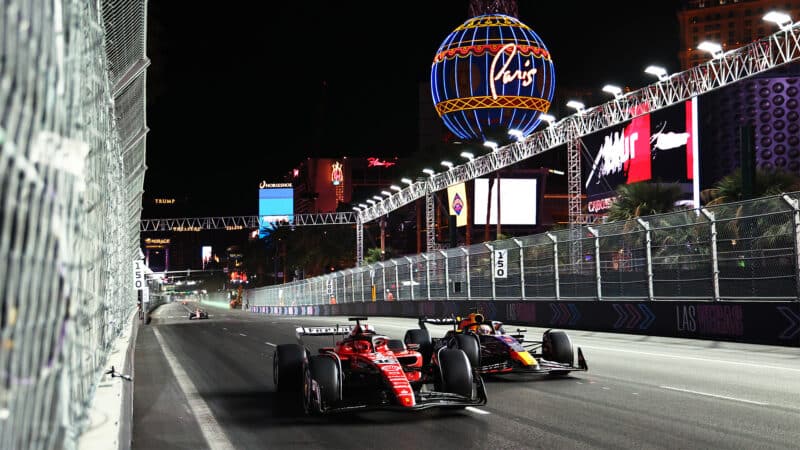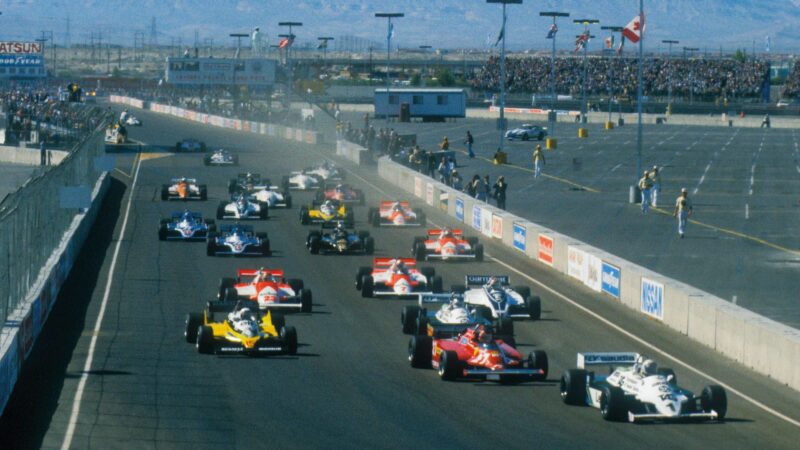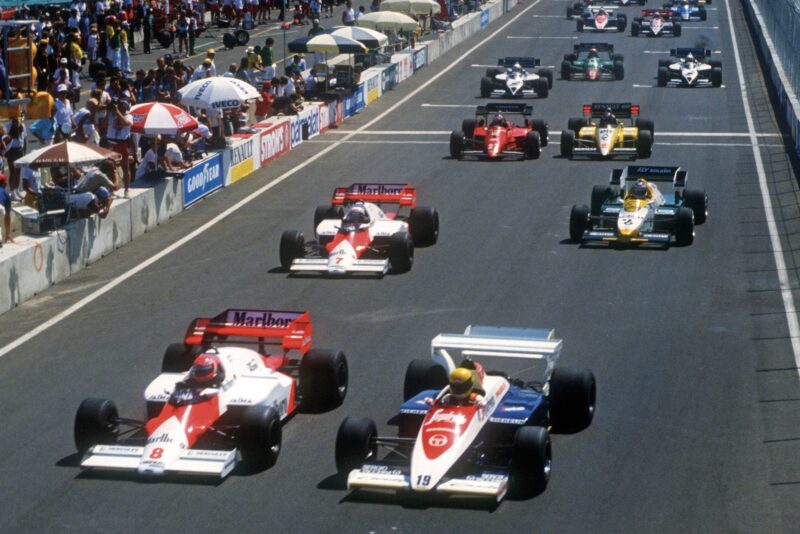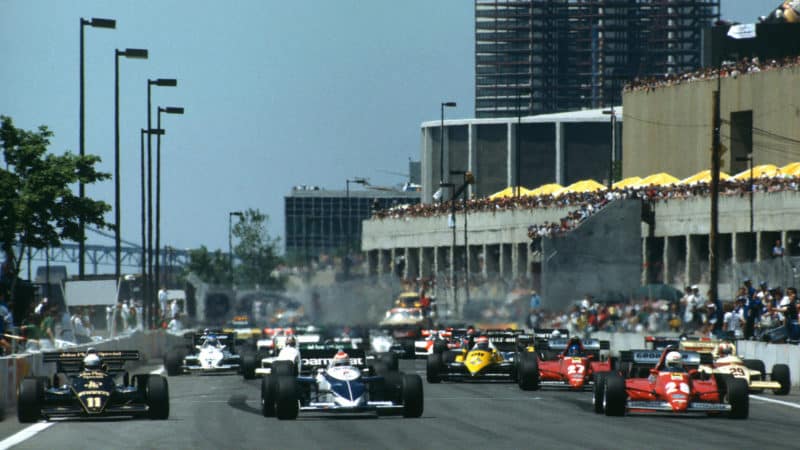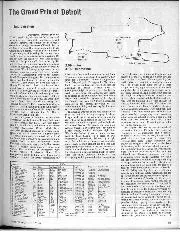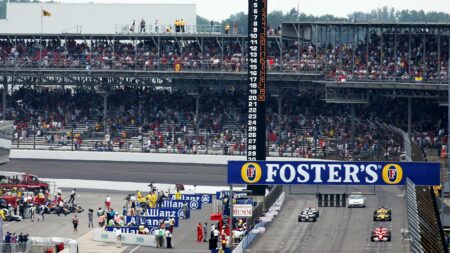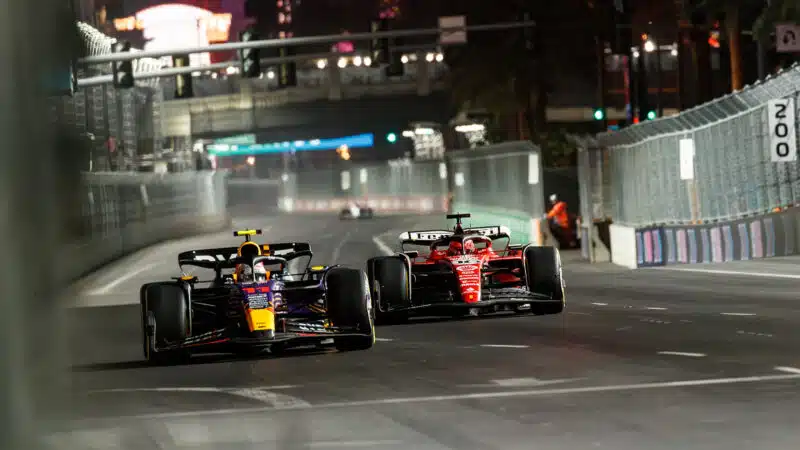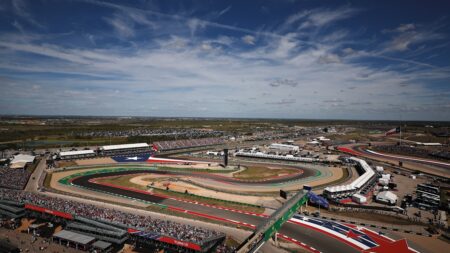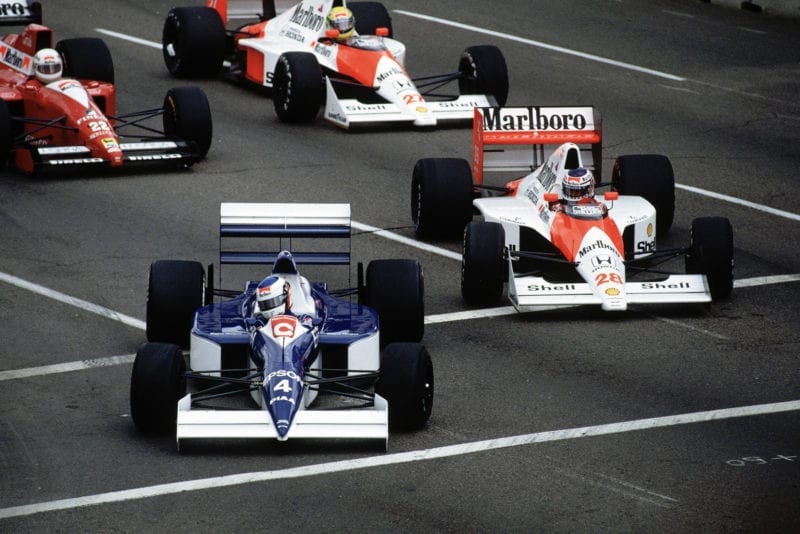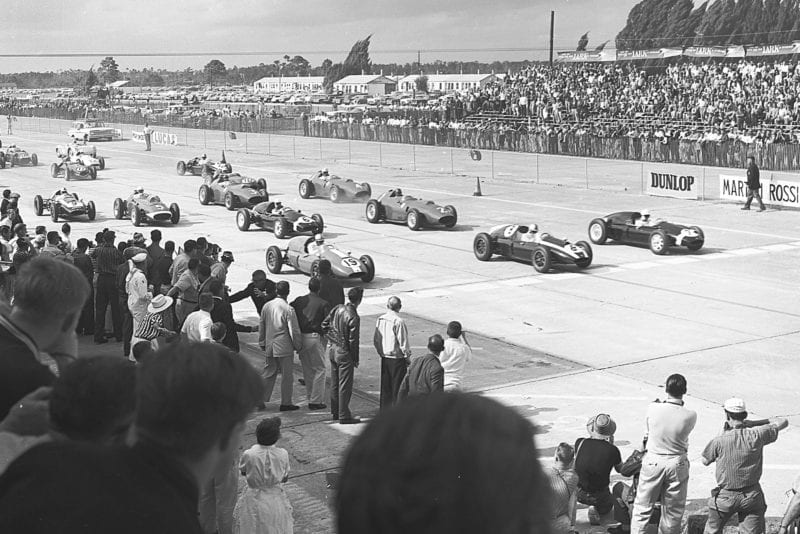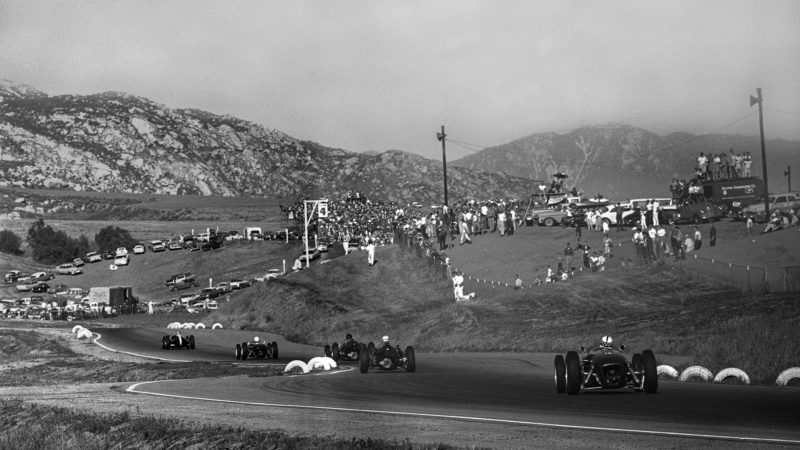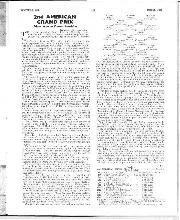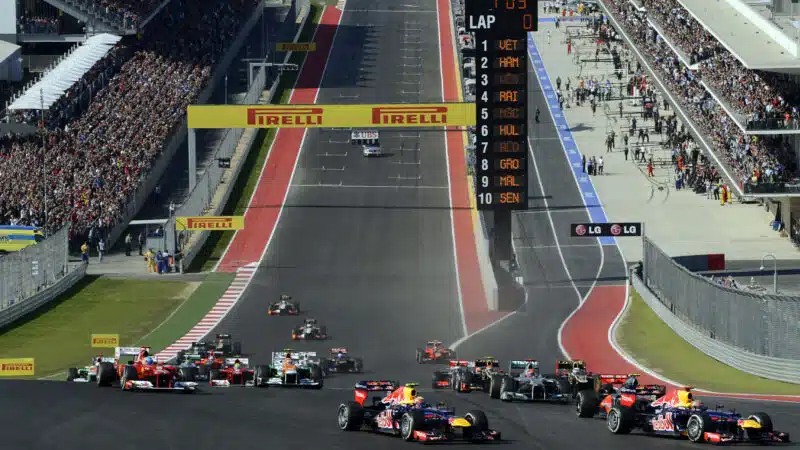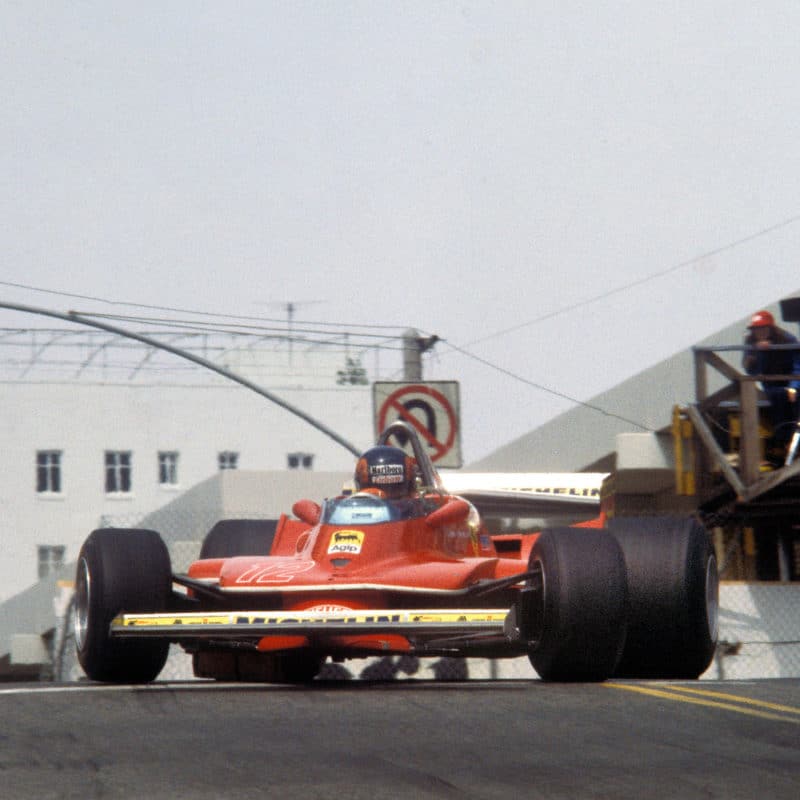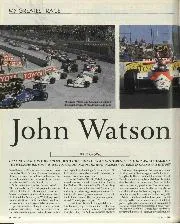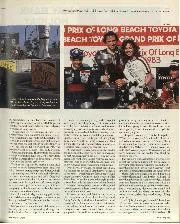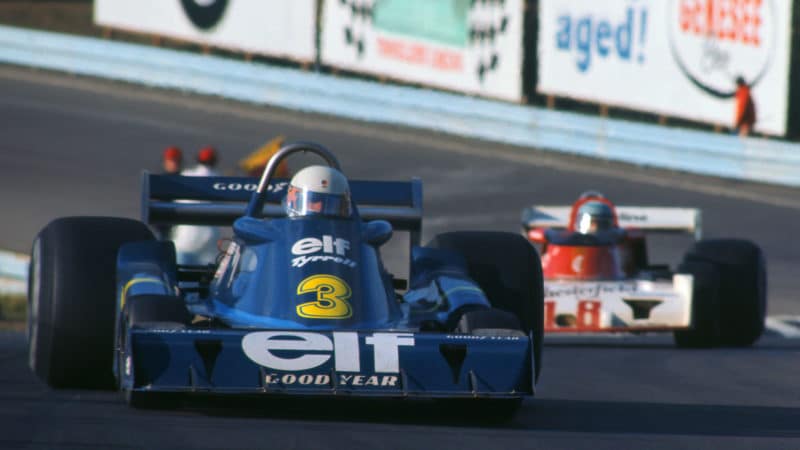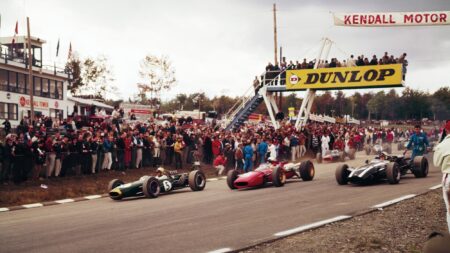“This is a fast town, no matter what anybody says. We’ve got guys here who hit 82mph on the streets of downtown Detroit almost any night. They do it at about a quarter to two, trying to make last calls at their favourite bar. And they’re not our best, either. We didn’t invent the wheel, but even our kids know how to make ’em turn. You want to see real speed, check a high school parking lot. I make it eight-to-one you’ll find some kid in a TransAm hitting 82mph. In reverse. If not our jails, our courtrooms are filled any Monday morning with guys who’ve made a serious run at 82mph, which isn’t actually fast at all, or maybe 100mph, which is getting there. Every now and then you hear of one because our cops are extraordinary. They can do 82mph with one hand on the wheel and a gun in the other, and it’s a measure of their skill that they can do 82mph and shoot at the same time, and not bounce off that many bystanders.”
Entertainingly scathing about F1’s apparent sluggishness though Puscas’s writing was, you want to hear about Detroit’s F1 claims to fame, don’t you? OK, in 1982 John Watson, one of the best overtakers of the era, hurled his McLaren from a P17 grid slot to a brilliant victory there, taking the lead of the F1 drivers’ world championship in so doing. In 1983 Michele Alboreto won there for Tyrrell, thereby scoring that once illustrious F1 team’s 23rd and final grand prix win – and the 155th and last for the iconic 3.0-litre Cosworth DFV V8, too – and in 1984 there were no fewer than 20 retirements there, so punishing was the circuit’s unforgivingly bumpy asphalt.
By 1988 everyone had had enough of the place, and the drivers, led by McLaren’s Ayrton Senna, who had won that year’s race, his third victory on the trot there, called for its abandonment. That was what then happened, and F1 cars never raced in Detroit again.
9. Miami International Autodrome (2022-ongoing)
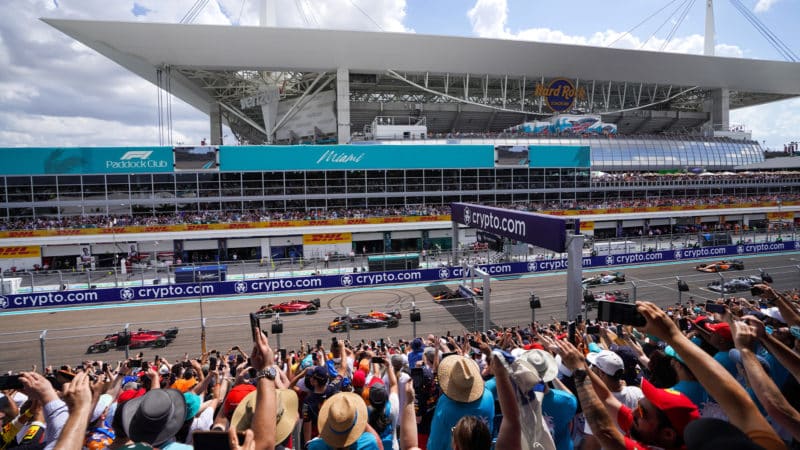
Miami: more style than substance
Alex Bierens de Haan/F1 via Getty Images
The Miami International Autodrome is a temporary circuit laid out around the Hard Rock Stadium, utilising no public roads but instead using the stadium’s service roads and other delineated pathways laid out on its car parks.
When the the details of the proposed circuit began to emerge, the drivers did not hide their lack of enthusiasm for it. Lewis Hamilton said, “Miami is a super-cool place, so I was very, very excited to hear about it. Then I saw the layout.”
The truth is: it was conceived with marketing rather than racing as a priority, and it shows. Its fake marina received a hell of a lot of stick in year one, and understandably so. Having said that, Monaco, despite its non-fake marina and obviously much more glorious racing back-story, is not now so very different. Both Miami and Monaco tend to provide less than thrilling racing as a backdrop for celebrity parades that tick the sponsors’ megabucks marketing boxes. Actually, Miami has produced better racing than Monaco often does.
Moreover, to be fair to Miami, Turn 4 – a super-fast eighth-gear left – is a good corner, and Lando Norris scored his maiden F1 grand prix win there five months ago, after 110 winless F1 grand prix starts, which may end up being a very significant achievement, depending on how the next five races pan out for him.
8. Indianapolis Motor Speedway (2000-2007)
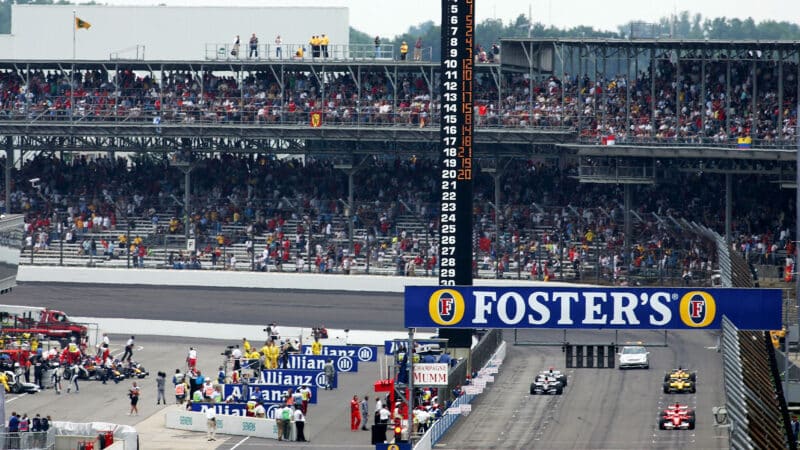
Six cars line up for the start at Indianapolis ’05, as the Michelin teams pull in
Christopher Lee/Getty Images
It may seem sacrilegious to rank Indy so low, but it is the infield-extension version of the magnificent 2.5-mile oval that we are talking about here, not the oval itself. It first hosted the F1 United States Grand Prix in 2000, and 200,000 spectators flocked to the Brickyard to see Michael Schumacher win for Ferrari, although what might have been a classic contest was sadly snuffed out when the Mercedes engine in Mika Häkkinen’s fast-closing McLaren exploded at one-third distance.

